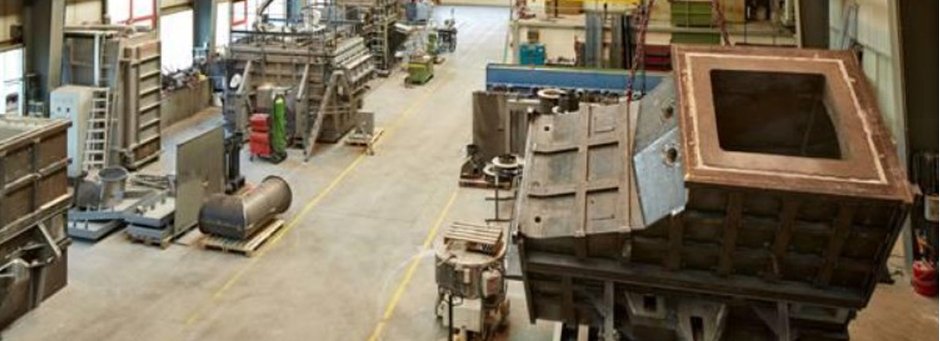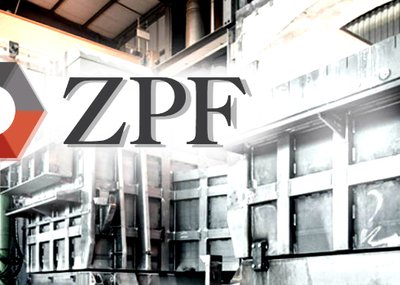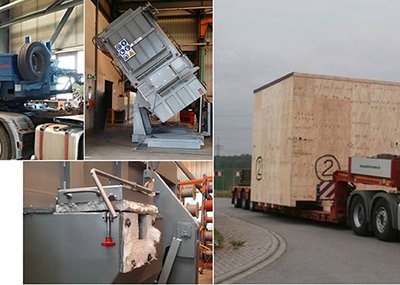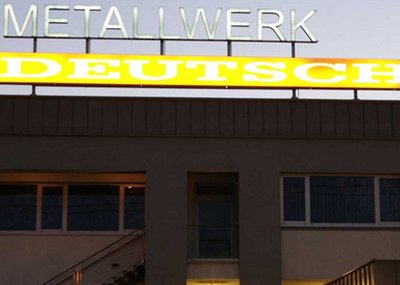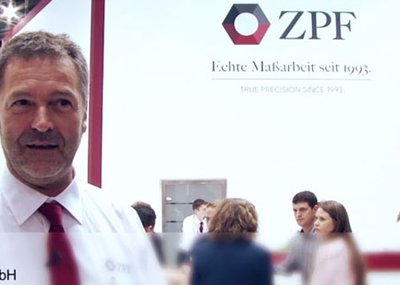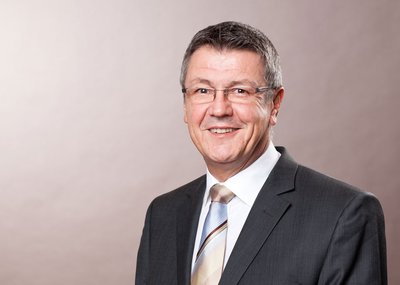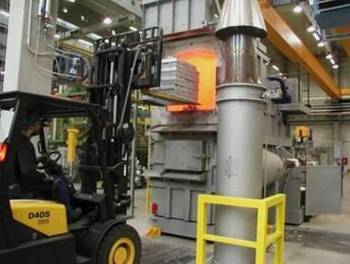 The modern form of melting aluminium
The modern form of melting aluminium
Lightweight and completely recyclable: although aluminium is one of the materials of the industrial future, the melting furnaces still function as they did 50 years ago. And this despite the fact that efficient, environmentally safe concepts have been available for some time. Photo: ZPF GmbH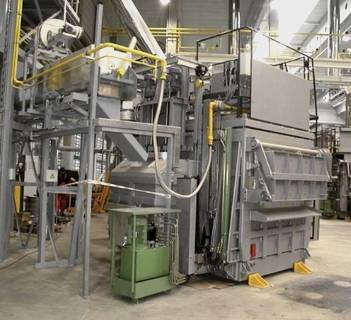 Trailblazer for new melting furnace technologies
Trailblazer for new melting furnace technologies
For more than 20 years, the name ZPF has been synonymous with state-of-the art engineering for aluminium melting furnaces. The furnace manufacturer from Baden-Wurttemberg focuses solely on aluminium, developing solutions to problems that date back several decades as well as to newly emerging challenges. When the tightened “Technical Instructions on Air Quality Control” became operative around 2007, ZPF were able to guarantee compliance with the stringent emission regulations beforehand – completely without filter technology. Photo: ZPF GmbH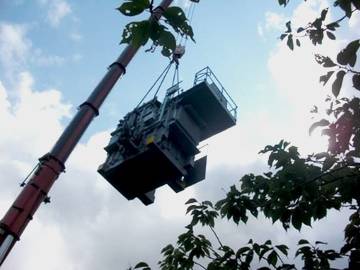 From a small village to destinations worldwide
From a small village to destinations worldwide
The multi-ton furnaces are pre-assembled to the greatest possible extent in the small community of Siegelsbach, thus ensuring that commissioning on the customer’s premises is a quick, uncomplicated process. Transportation from the production plant in Germany takes place by crane, flat-bed truck and ship to customers all over the world. We deliver, for instance, to Indonesia and the USA, although the main focus of our sales is intentionally on Europe. Photo: ZPF GmbH
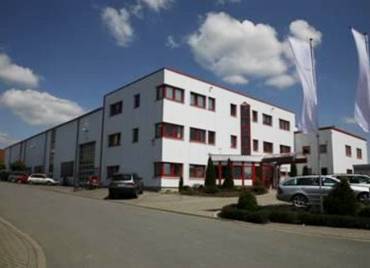 More than 20 years of experience
More than 20 years of experience
Founded in 1993, the furnace manufacturer quickly gained a reputation in the entire German-speaking territory as a supplier of aluminium melting systems of outstanding quality. Above all the economy of the furnaces as regards both fuel and raw materials made them very popular - on an international scale as well. Following a short-term expansion to Asia, the company was re-established in 2013 as ZPF GmbH and has since been concentrating on its core segment – high-performance furnaces for the aluminium industry. Photo: ZPF GmbH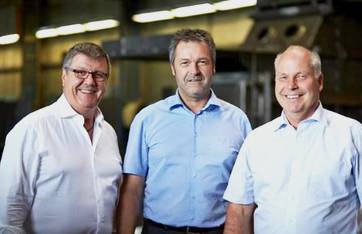 The old, new team
The old, new team
Until 2010, Prof. Hubertus Semrau (Dr.-Ing.) (r.) was already the leader of the former company, ZPF therm. The professor of mechanical engineering uses his extensive experience in this industrial segment and his connections to current research to keep pushing the optimisation of melting plant just that bit further. He re-established ZPF on this basis alongside Norbert Feth (m.), the former sales director of the company. Markus Weck (l.) was taken on board as the technical manager who has succeeded in motivating the staff for a successful fresh start. Photo: Susanne Wegner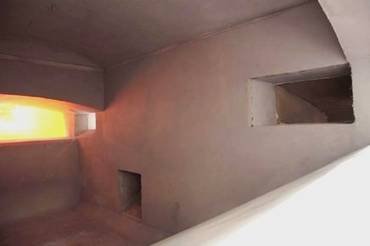 Environmentally safe melting
Environmentally safe melting
The key component of ZPF engineering is the reverse routing of the waste gases: instead of discharging the hot gases directly into the chimney, they are recirculated back into the furnace where they help to hold the melt. This saves energy and increases the efficiency of the plant. At the same time, any hazardous substances in the waste gases are almost completely burnt so that the cleaned exhaust gases can ultimately be released into the environment without any additional filtering. Photo: ZPF GmbH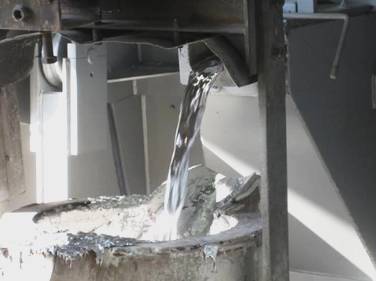 for high quality and a long service life
for high quality and a long service life
The special exhaust gas principle in the melting furnaces also has an impact on the quality of the molten aluminium. Because the admitted gases generate a slight overpressure inside the furnace, no additional oxygen can enter. In this way, the adverse effect of oxidation on the aluminium is prevented and the formation of corundum minimised. A further positive side-effect of this technique is that the walls of the furnace are subjected to less damage and, accordingly, require less frequent reconstruction and repairs. Photo: ZPF GmbH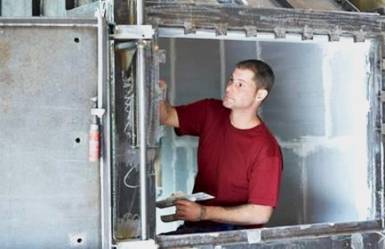 Insulation saves energy
Insulation saves energy
In Siegelsbach, each melting furnace is given a thick lining of special refractory cement. This material not only acts as a separating layer between the aggressive liquid aluminium and the outer steel casing, but serves above all as insulation as well as accumulating the heat. Whereas other furnaces radiate temperatures of more than 100 °C into the surrounding area, in this case the heat radiation is just 40 to 60 °C. Thus, the fact that less heat is lost reduces the overall requirement on heating energy besides making the work at the furnace a lot more pleasant. Photo: Susanne Wegner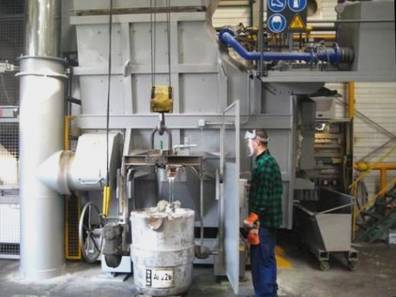 Tailored control technology
Tailored control technology
But the body of the furnace itself is by no means the end of the matter. An efficient melting facility is not complete without an appropriate control system that enables the precise adjustment of all the functions – from charging and the combustion performance to the monitored discharge of the melt. Only then is it possible for 20 tonnes and more of steel and concrete to be tilted so elegantly. Photo: Susanne Wegner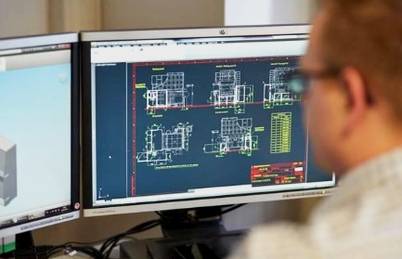 Closely partnered with research
Closely partnered with research
Research and development rank high at ZPF. In close collaboration with various universities our engineers constantly file on new ideas for making the melting furnaces even more economical, more durable and/or more user-friendly. Among other projects, we are currently working with the Leibniz University Hanover and the TU mining academy Freiberg on a new sensor system with which the burners can be better focused on the melting stock and the in-feed adjusted if necessary. This will ensure that the fuel consumption can be reduced without any loss of melting performance. Photo: Susanne Wegner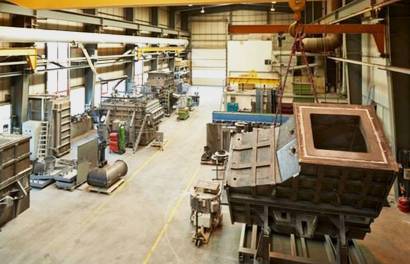 It’s all about melting aluminium
It’s all about melting aluminium
The ZPF portfolio includes melting furnaces with capacities ranging from 500 up to 20,000 kg and outputs of between 300 and 4,000 kg/h, holding furnaces that can be charged while the facility is in operation, alloying installations, bale-out furnaces, chip melting plant for recycling scrap, and furnaces for melting zinc. Wherever it is not intended to charge the furnace using a forklift truck, the company also supplies charging machines in various sizes and configurations. Photo: Susanne Wegner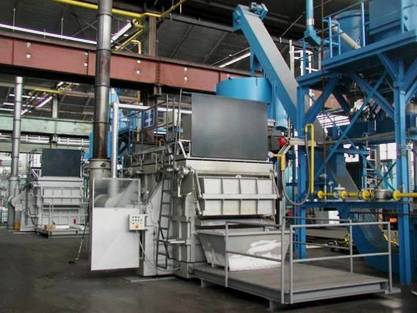 Efficient chip recycling
Efficient chip recycling
What’s the use of having a material that can be 100% recycled if you don’t reuse every last scrap of it? This was the line of thought at ZPF too, so they developed a chip melting furnace with which waste material from the production process can easily be converted to raw material again. Thanks to the mechanical stirrer which - in contrast to electromagnetic pumps or induction systems - requires hardly any electricity, the process already pays off with just five tonnes a day. Photo: ZPF GmbH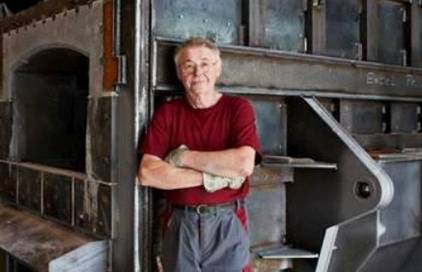 Experienced personnel
Experienced personnel
A permanent workforce of 40 plus four apprentices are currently employed at ZPF. Many of these people have been working for the company and its predecessors for ten years or more. “The know-how and experience of these employees is the true heart of the company”, says managing director Prof. Semrau. For their plans to increase the number of staff in future the company is looking for, e.g. technicians for mechatronics, control systems and electronics as well as engineers for control and/or production technology. Besides this, the company advertises two apprenticeship positions as well as one or two student trainee jobs each year. Photo: Susanne Wegner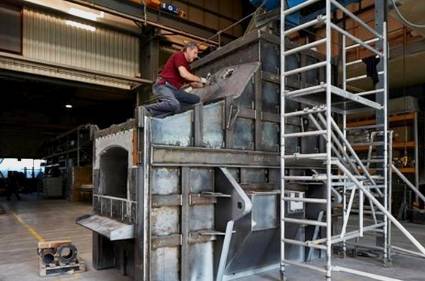 Craftsmanship made in Germany
Craftsmanship made in Germany
Much of the work on the extremely heavy melting furnaces is done by hand. As a result, the specialists who carry out their work on, in and even on top of the plant have a thorough knowledge of the technology and the design. This provides the furnace manufacturer with great flexibility and enables specific customer requirements to be implemented promptly and professionally. At the same time, our experienced personnel are ideal service providers due to their extensive plant know-how. Photo: Susanne Wegner
Partner
Foundry Corporate News
Topic Melting Shop
Topic Pressure Die Casting
Euroguss 2016
ZPF Photo Story
Lesedauer: min
[16]

